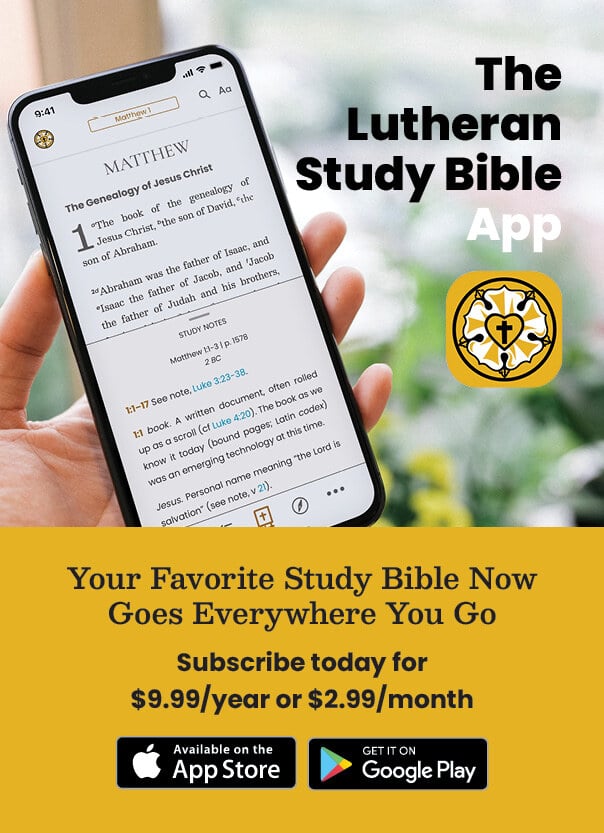Recent Posts by Concordia Publishing House
1 Thessalonians: An Overview
Founded in 316 BC, Thessalonica became an important harbor and leading city in the region. When the Romans built the Egnatian Way to connect Rome to its eastern interests, Thessalonica was a major stop and the first point of the road that reached the Aegean Sea. It was a natural stopping point also for the apostle Paul as he began mission work in Europe.
Colossians: An Overview
Travelers from the west coast of Asia Minor would walk up the Maeander River Valley on their journeys east. If they continued passed Laodicea, along the Lycos River, they would reach the Phrygian city of Colossae in a mountain valley about 125 miles from the coast along a major trade route to Persia.
The Proverbial Design
This blog is excerpted from an article by Rev. Dr. David R. Schmitt that was published in a previous edition of Concordia Pulpit Resources.
How Christ’s Resurrection Changes Everything
The bodily resurrection of Jesus is central to the understanding of the Gospel of John. The comfort that Jesus offers twenty-first-century Christians is rooted in His first-century words and actions. The Comforter brings the peace that Jesus spoke and did in all these words and actions for us. What He accomplishes in His resurrection thus directly impacts our lives in the present.
Philippians: An Overview
On the edge of the Datos plain, about six miles from the Aegean Sea, Greek colonists founded the city of Philippi in 356 BC. Philip II of Macedon soon took the city and named it after himself. The Roman Empire recognized the city’s worth, making it one of the last points along the Egnatian Way, which linked Rome with the east and was strategically located in the system of Roman roads for the security of the empire.
Ephesians: An Overview
The mountain chains of western Asia Minor reach for the Aegean Sea. Where the Ayden range points finger-like toward the island of Samos and the Cayster River flows into the Sea, Ionian Greek colonists founded the prosperous port city of Ephesus (near modern Selcuk).
Matthias Flacius and His Contributions to Protestant Teachings
This blog post is adapted from Life Under the Cross: A Biography of the Reformer Matthias Flacius Illyricus.
Galatians: An Overview
The Taurus Mountains of south central Asia Minor form the southern rim of a great basin in which one finds the central Anatolian steppe. Grass, shrubs, and salty lakes fill this dry, lower ground over which enterprising Greeks passed in search of Persian riches to the east. Greek (Hellenistic) settlements grew up at Pisidian Antioch, Iconium, Lystra, and Derbe alongside the Taurus Mountains.
The Gospel Assumed Is the Gospel Denied
This blog is excerpted from an article by Herbet C. Mueller Jr., published in a previous edition of Concordia Pulpit Resources.
2 Corinthians: An Overview
The surpassing value of 2 Corinthians is the opportunity it gives us to view the great care—through both Law and Gospel—that Paul and his colleagues provided to a wayward congregation. We read about the sharpness of his rebuke by which he prodded the congregation toward repentance and the soothing comfort he poured out to them as they welcomed the Lord’s Word.




















